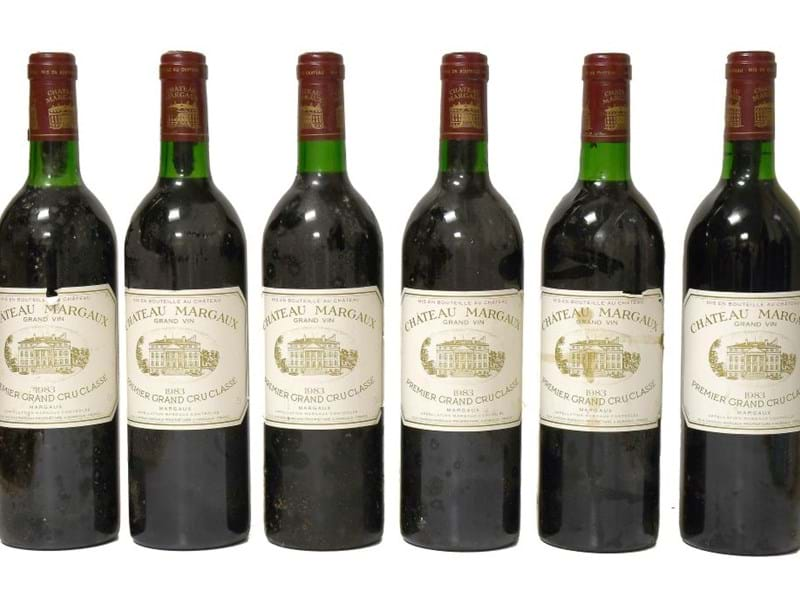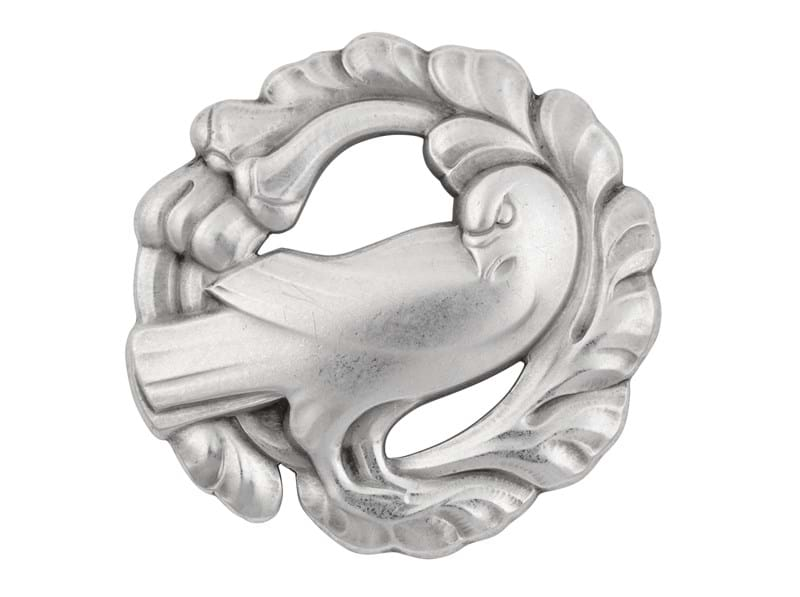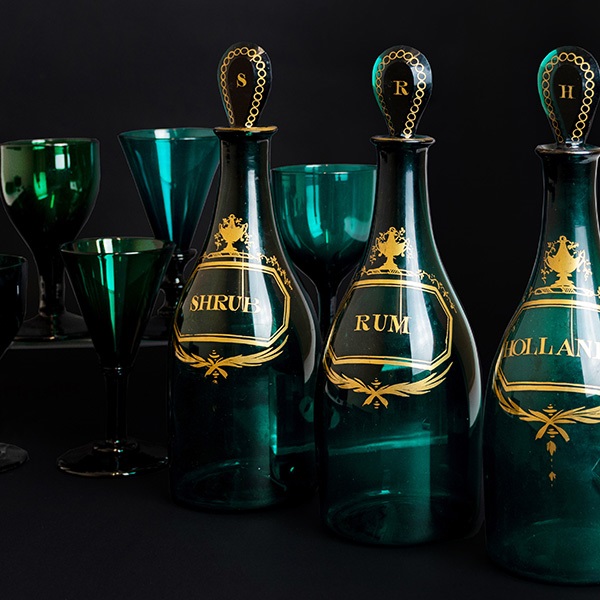Richard Batterham (1936-2021) is one of the most important potters of the last fifty years, a master of his craft who quietly dedicated himself to produce an outstanding body of thrown stoneware pots from his Dorset studio.
Batterham was first introduced to pottery aged 13 at Bryanston School in Dorset, but it was a week-long visit to a country pottery in Surrey during a period of leave from national service that was to set the course for his life. After leaving service, he served a two-year apprenticeship with Bernard Leach, the pre-eminent artist-potter of the 20th century, in his St Ives studio. Leach exerted the utmost influence on the development of studio pottery, and elevated ceramics to the status of the Fine Arts, challenging homogeneous mass-produced pottery. Leach drew heavily on influences from the Far East as well as British medieval and vernacular pottery, creating a style that filtered down to his students and followers including Batterham.
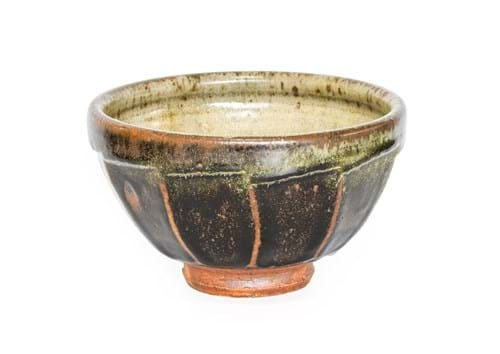
A Cut-Sided Stoneware Bowl, ash glazed to interior, the exterior dark iron glaze, unmarked, 18.5cm diameter (Estimate: £150-250)
In 1959 Batterham set up his own studio in Durweston in Dorset, just a stone’s throw from his old school, where throughout his long career he never employed assistants, preferring to have complete control of his craft from mixing his own clay to firing the kiln. He was incredibly industrious and disciplined and was resolute in producing beautiful and functional objects that were not subject to passing fashions or external influences. Once he had established his style and technique as a young man, it remained largely unchanged, with forms and glazes instead going through a steady development and refinement process with no radical reinvention.
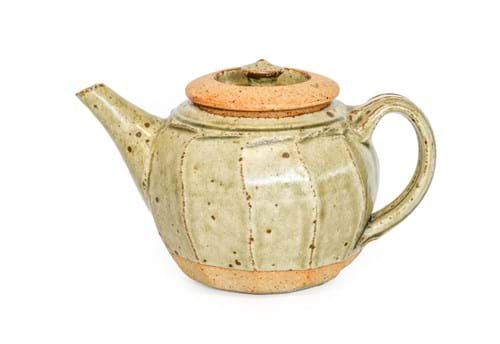
A Stoneware Teapot and Cover, green ash glaze, unmarked, 14cm high (Estimate: £100-150)
Marked by a quiet modernity and subtlety of form and decoration, Batterham’s style is immediately recognisable to collectors of studio pottery. The shapes of his pots were inspired by the practical needs of his young family, and he made no distinction in the quality of his work between objects for use and grand display pieces. Soft, rich iron, ash and salt glazes, refined over the long decades of his career, appear painterly and organic, whilst his careful and restrained surface decoration is deceptively simple. Fluid faceted cuts, gentle fluting, and simple lines of raised decoration highlight and exaggerate the harmonious shape of a vase or bowl. He created an extraordinary variety of pots through simple manipulation of the clay and glaze of his distinctive thrown forms.
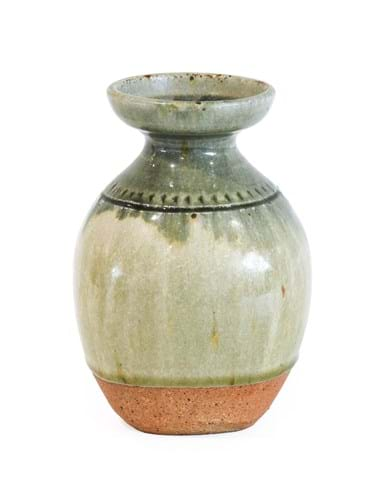
A Stoneware Flower Vase, green ash glaze, painted II to base, 16cm high (Estimate: £100-150)
Having slowly built a loyal customer base, by the mid-1960s he was gaining recognition as a fine potter, and in 1965 was give his first solo show at the Crafts Centre of Great Britain in London. However, he was never comfortable with publicising himself, and said about the attention after one exhibition: “Crafts are like wild animals; if you crowd round the water hole they creep further into the bush”. Instead, he had a quiet sense of self-belief, going so far as to refuse to mark his work, regarding it as distinctive enough to be recognisable in its own right. Despite commercial success, Batterham continued to live simply and quietly in his Dorset home, thriving in and supporting his local community and its activities such as bellringing and beekeeping.
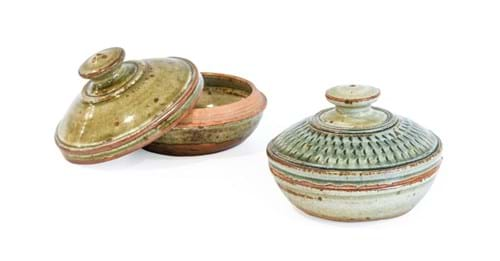
A Stoneware Box and Cover, ash glaze, painted 10 to base, 15cm diameter and A Stoneware Box and Cover, ash glaze, painted 6 to base, 14.5cm diameter (2) (Estimate: £200-300)
In 2022, shortly after his death, Batterham was honoured with a retrospective exhibition at the V&A of his elegant, understated pots, and today they are much sought-after by collectors. This June, a selection of his pots will be sold in the 20th Century Design Sale on 15th June, as part of the Michael Claxton Collection. Claxton put together an extraordinary collection of over 350 pots between 1974 and 2024, the majority of which were purchased directly from the potters, including the examples by Batterham.


